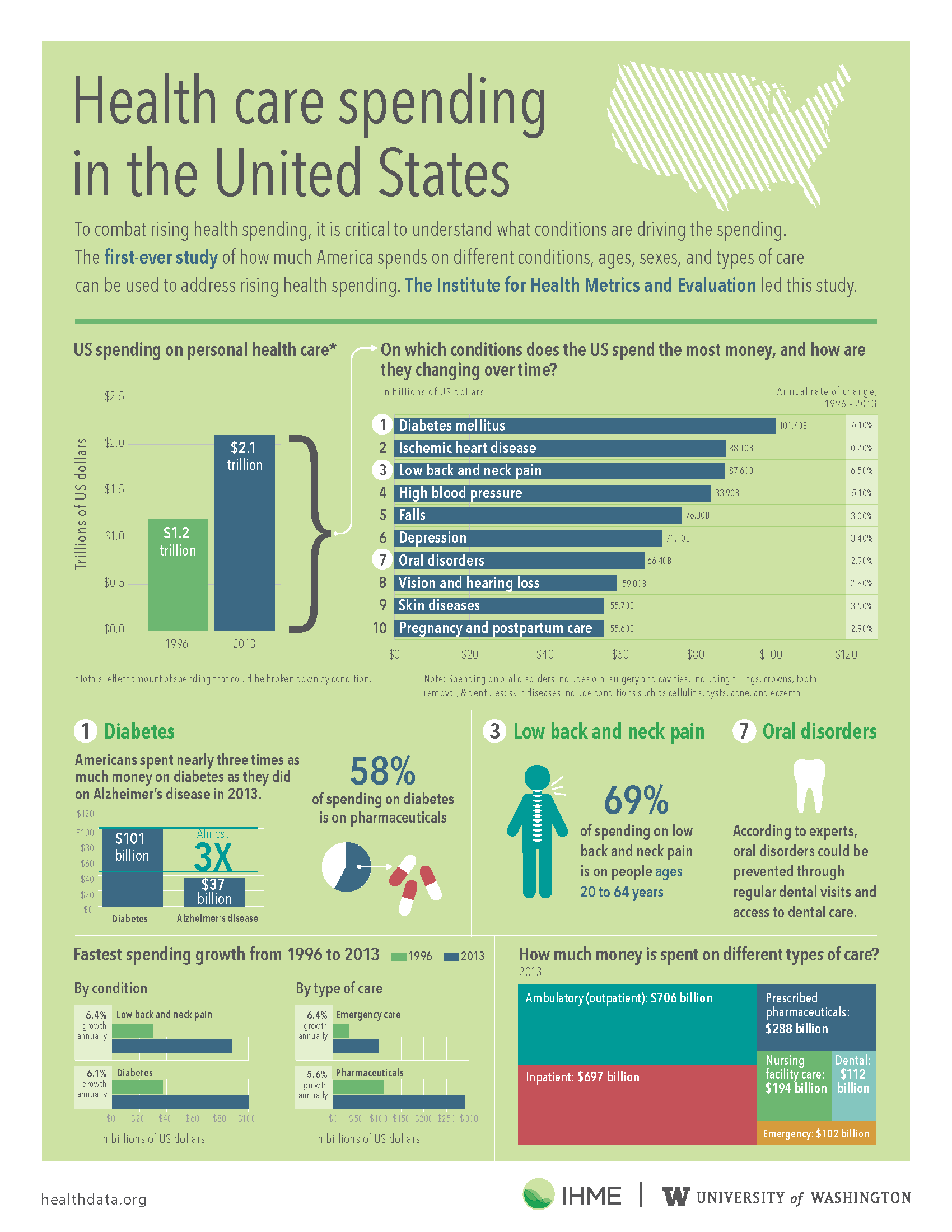Discover The Future Of Health Care Delivery With Telehealth, Where The Crossway Of Ease And Top Quality Treatment Marks A Significant Improvement. Are You Prepared To Start This Expedition?

Produced By-Jernigan Cullen
In today's quickly evolving healthcare landscape, telehealth has emerged as a game-changer in the world of medical care services. Imagine a circumstance where typical healthcare limits are transcended, and clinical appointments are just a click away. Yet what does this mean for the future of medical care distribution, and exactly how will it impact your interactions with healthcare providers? Keep tuned to uncover the essential understandings into how telehealth is improving health care services and what it means for you as a client browsing this new age of medical care.
The Surge of Telehealth in Health Care
With the development of modern technology, telehealth has actually considerably increased in prestige within medical care solutions. You may have currently discovered how very easy it's to schedule a digital consultation with your medical professional or therapist. Telehealth allows you to obtain medical recommendations and therapy from the comfort of your own home, conserving you time and lowering the demand for in-person brows through.
Lots of medical care providers currently use telehealth solutions as part of their regular method, giving you a lot more options for accessing medical care. By using video telephone calls, phone examinations, and safe and secure messaging, telehealth enables you to connect with health care specialists efficiently. This change towards telehealth has been sped up by the COVID-19 pandemic, highlighting the relevance of remote healthcare services.
As even more individuals experience the comfort and effectiveness of telehealth, it's expected to come to be a long-term component in health care solutions.
Advantages of Telehealth Providers
Telehealth services supply individuals a convenient and effective way to access healthcare remotely. One of the essential benefits is increased availability to doctor, particularly for individuals living in country or underserved locations. With telehealth, you can get in touch with medical professionals and experts without the requirement to take a trip cross countries, saving you time and money.
One more advantage is the versatility it provides in scheduling appointments. You can book virtual assessments at a time that suits you, getting rid of the need to take time off work or rearrange your daily routine. This adaptability additionally includes follow-up visits and monitoring of chronic problems, making health care more workable and much less disruptive to your life.
Furthermore, telehealth services can boost continuity of care by making it possible for seamless interaction in between various healthcare providers associated with your therapy. This enhanced coordination can lead to much better health and wellness end results and a more all natural strategy to your health.
Additionally, telehealth can reduce the danger of exposure to infectious diseases, making it a secure choice during illness episodes like the current COVID-19 pandemic.
Obstacles and Future Outlook
Navigating regulative difficulties continues to be a substantial difficulty for the widespread adoption of telehealth services in primary care. Healthcare providers should comply with various state and federal policies that can vary significantly, producing complexities for seamless telehealth distribution.
Reimbursement plans likewise posture a challenge, as not all insurance coverage intends completely cover telehealth services, restricting individual accessibility and provider desire to provide these solutions.
Furthermore, technological obstacles such as inconsistent net connection in rural areas can impede the efficiency of telehealth gos to. Making certain individual privacy and information protection in online appointments is one more pressing worry that requires durable services to preserve confidentiality and trust fund.
Looking ahead, the future of telehealth in primary care shows up promising with developments in technology and evolving medical care plans. Joint efforts between policymakers, health care organizations, and technology companies are vital to attend to these challenges.
https://www.aha.org/news/headline/2024-04-17-aha-podcast-joining-forces-support-mental-and-behavioral-health
To conclude, telehealth is transforming primary care by using convenient and reliable remote medical care solutions.
With the surge of virtual consultations, clients can easily access medical guidance and treatment from the convenience of their homes.
Despite some obstacles, the future of telehealth in primary care looks guaranteeing with boosted connection of treatment and enhanced individual outcomes.
Embrace the convenience and advantages of telehealth for a much more obtainable and efficient health care experience.

